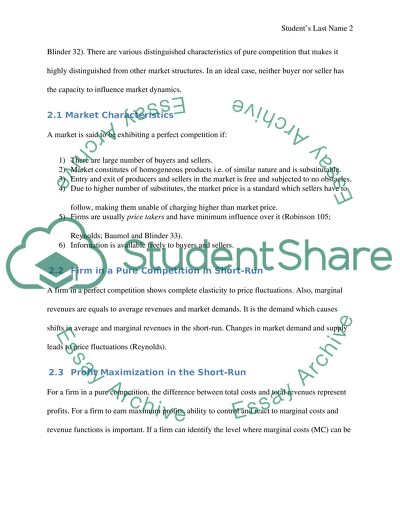Cite this document
(“Pure Competition & Monopolistic Competition Research Paper”, n.d.)
Pure Competition & Monopolistic Competition Research Paper. Retrieved from https://studentshare.org/macro-microeconomics/1610418-pure-competition-monopolistic-competition
Pure Competition & Monopolistic Competition Research Paper. Retrieved from https://studentshare.org/macro-microeconomics/1610418-pure-competition-monopolistic-competition
(Pure Competition & Monopolistic Competition Research Paper)
Pure Competition & Monopolistic Competition Research Paper. https://studentshare.org/macro-microeconomics/1610418-pure-competition-monopolistic-competition.
Pure Competition & Monopolistic Competition Research Paper. https://studentshare.org/macro-microeconomics/1610418-pure-competition-monopolistic-competition.
“Pure Competition & Monopolistic Competition Research Paper”, n.d. https://studentshare.org/macro-microeconomics/1610418-pure-competition-monopolistic-competition.


